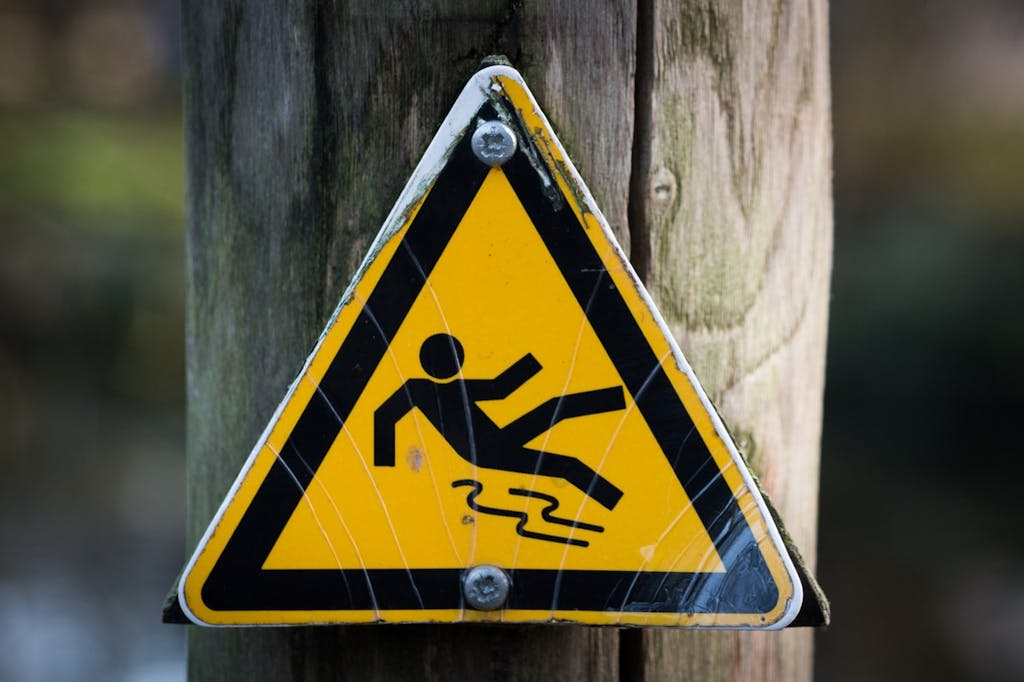Workplace injuries can occur in any type of workplace, and when they occur, they can cause detrimental harm to your company.
The employee that’s been injured may need compensation and time off, while the morale of the others may deteriorate. The reality is: nobody enjoys working in an unsafe environment.
Your company can protect your employees and company culture by creating a safe place to work. This begins by understanding what types of common workplace injuries need to be avoided in the first place. Next, systems must be put in place to safeguard against these injuries occurring at all.
Workplace injuries have remained largely unchanged in recent years, meaning employers need to step up to increase the working conditions of their employees.
Today, we’re going to explore the common types of workplace injuries and what your company can do to prevent them. We’ll discuss what they are and how your company can take concrete steps to prevent them.
Repetitive stress and overexertion
Not every workplace injury is the result of a single incident. Some types of injuries build up over time due to repeated physical stress and overexertion. These problems build up over time, impacting the employee’s health and work performance until they may end up unable to work at all.
Repetitive Stress Injuries (RSIs) are a category of workplace injuries that comprises over 100 different types of ailments caused by working conditions and account for 35% of all workplace injuries. Injuries in this category have many causes, including:

- Improper lifting or manual lifting: Most people understand the basic rule of lifting with your knees and not your back, but when workers must regularly lift over 50 lbs, proper form can often suffer. Similarly, lifting something that should be lifted by a machine can cause this type of injury.
- No breaks: Employees that are not provided with enough breaks may push their bodies beyond their limits, which can easily lead to job burnout.
- Intensive keying: Those who must type or click intensively can strain their tendons, resulting in issues that may impact job performance.
The solution to this entire category is to embrace ergonomics and provide additional safety training. Ergonomics is the science of adjusting job conditions to minimize the harm done to employees. For office workers, this might mean a better keyboard and chair. For employees with physical jobs, lifting belts and additional training on the form may be required. Employees with physically demanding jobs should be allowed additional breaks to prevent injury.
Explosions and fires
Fires and explosions are incredibly dangerous and can be caused by faulty gas lines, poorly maintained machinery, or improperly stored combustibles. Explosions and fire can cause a variety of issues, including severe burns, respiratory damage, and even death.
There are four types of injuries that are associated with this category:
- Primary blast: This term describes injuries related to being near an explosion and can cause damage to ears, lungs, and skin.
- Secondary blast: If an explosion causes debris to fly and hit someone else, it is considered a secondary blast injury.
- Tertiary blast: These injuries are when someone is lifted off the ground and injured due to an explosion.
- Quaternary blast: All other types of injuries fall under this category, which contains crashes caused by the explosion such as inhaling toxic fumes.
Avoiding fires and explosions will require a multi-faceted workplace safety strategy with an emphasis on regular safety inspections of combustible materials and other areas of concern. These safety inspections should consist of a thorough digital safety checklist that’s based on OSHA’s recommendations for how to prevent fires and explosions. Work with your safety team to craft policies and checklists that are unique to your facility.

Slips, trips, and falls
One of the most common types of workplace injuries is those that occur due to a slip, trip, or fall. These types of injuries often result in workers’ compensation claims, especially because they are often caused by neglect. Injuries in this category can be varied, but typically include injuring the head, back, and neck.
Slips typically occur due to spills, especially when the surface becomes oily. An icy walkway or an innocuous loose rug can also cause a slip. Trips are commonly associated with bad lighting, too much clutter, or uneven walking surfaces. Falls include any injury related to falling off of something, such as a ladder or roof.
There are three ways to avoid these common injuries: keep areas clean, wear proper footwear, and have quality walking surfaces. Having safety managers regularly inspect questionable areas and monitoring their progress in a digital safety checklist will help catch potential issues before they result in an injury.
How will your workplace prevent injuries?
Companies that prioritize creating a safe environment will ensure the safety of their employees, prevent having to pay workers’ compensation claims, and create a strong company culture focused on safety.
Your company can benefit in more ways than you know by investing the time and resources into improving safety across the board.
Discover how leading companies are leveraging monitorQA to streamline health and safety inspections across the workplace. Book your personalized demo today to learn more.



